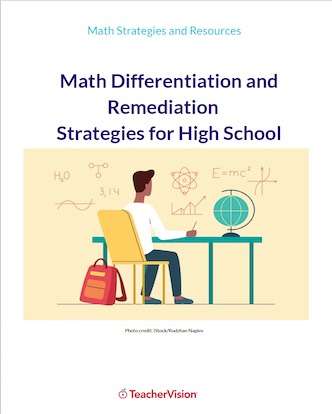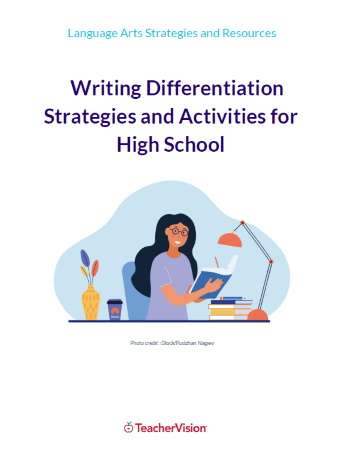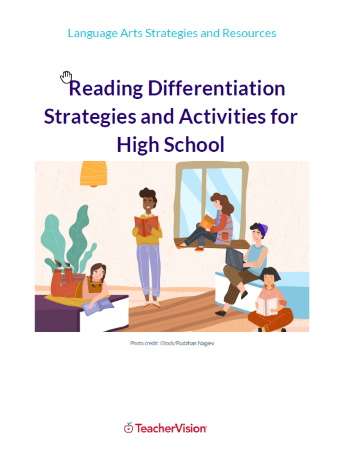Creating Meaningful Performance Assessments
Performance assessment is a viable alternative to norm-referenced tests. Teachers can use performance assessment to obtain a much richer and more complete picture of what students know and are able to do.
Defining Performance Assessment
Defined by the U.S. Congress, Office of Technology Assessment (OTA) (1992), as "testing methods that require students to create an answer or product that demonstrates their knowledge and skills," performance assessment can take many forms including:
- Conducting experiments.
- Writing extended essays.
- Doing mathematical computations.
Performance assessment is best understood as a continuum of assessment formats ranging from the simplest student-constructed responses to comprehensive demonstrations or collections of work over time. Whatever format, common features of performance assessment involve:
- Students' construction rather than selection of a response.
- Direct observation of student behavior on tasks resembling those commonly required for functioning in the world outside school.
- Illumination of students' learning and thinking processes along with their answers (OTA, 1992).
Performance assessments measure what is taught in the curriculum. There are two terms that are core to depicting performance assessment:
- Performance: A student's active generation of a response that is observable either directly or indirectly via a permanent product.
Authentic: The nature of the task and context in which the assessment occurs is relevant and represents "real world" problems or issues.
How Do You Address Validity in Performance Assessments?
The validity of an assessment depends on the degree to which the interpretations and uses of assessment results are supported by empirical evidence and logical analysis. According to Baker and her associates (1993), there are five internal characteristics that valid performance assessments should exhibit:
- 1. Have meaning for students and teachers and motivate high performance.
2. Require the demonstration of complex cognition, applicable to important problem areas.
3. Exemplify current standards of content or subject matter quality.
4. Minimize the effects of ancillary skills that are irrelevant to the focus of assessment.
5. Possess explicit standards for rating or judgment.
When considering the validity of a performance test, it is important to first consider how the test or instrument "behaves" given the content covered. Questions should be asked such as:
- How does this test relate to other measures of a similar construct?
- Can the measure predict future performances?
- Does the assessment adequately cover the content domain?
It is also important to review the intended effects of using the assessment instrument. Questions about the use of a test typically focus on the test's ability to reliably differentiate individuals into groups and guide the methods teachers use to teach the subject matter covered by the test.
A word of caution: Unintended uses of assessments can have precarious effects. To prevent the misuse of assessments, the following questions should be considered:
- Does use of the instrument result in discriminatory practices against various groups of individuals?
- Is it used to evaluate others (e.g., parents or teachers) who are not directly assessed by the test?






